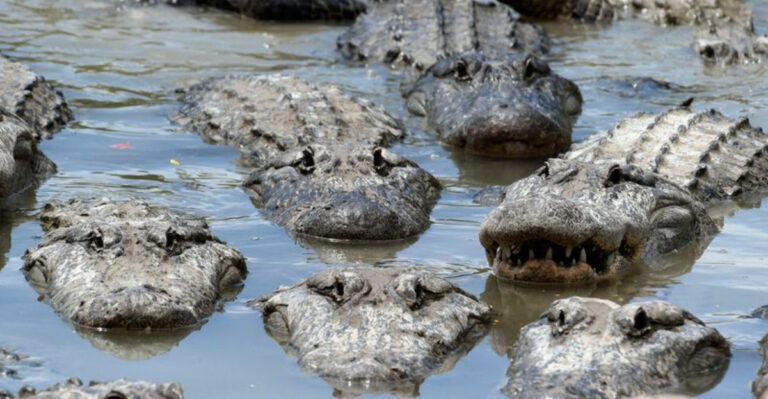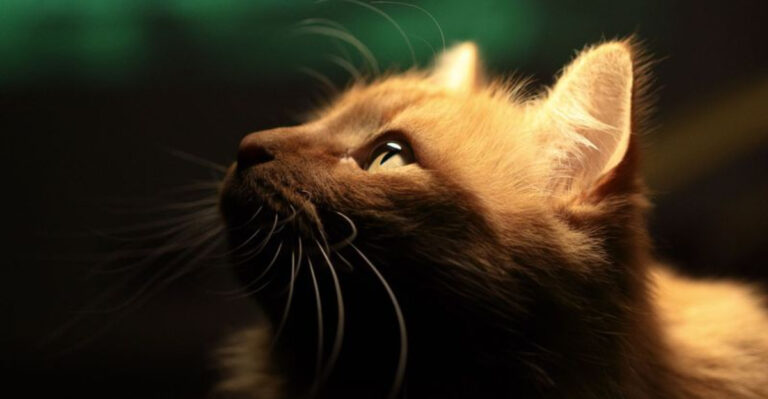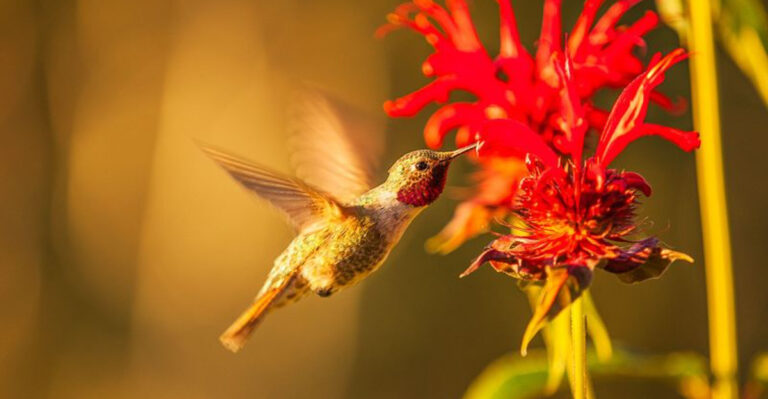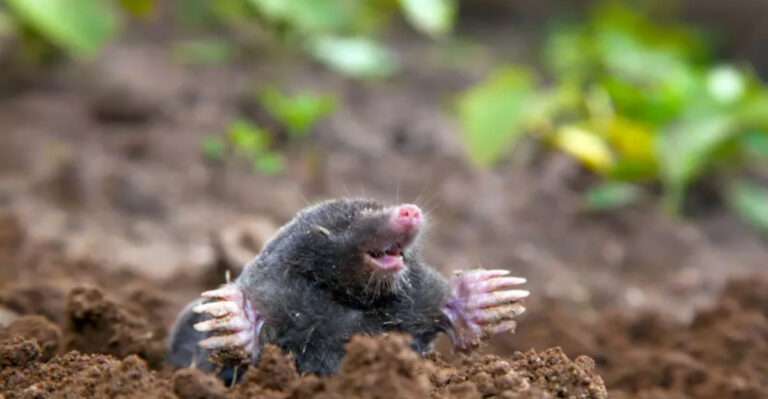25 Unstoppably Happy Animals That Can Teach Us The Joy Of Life
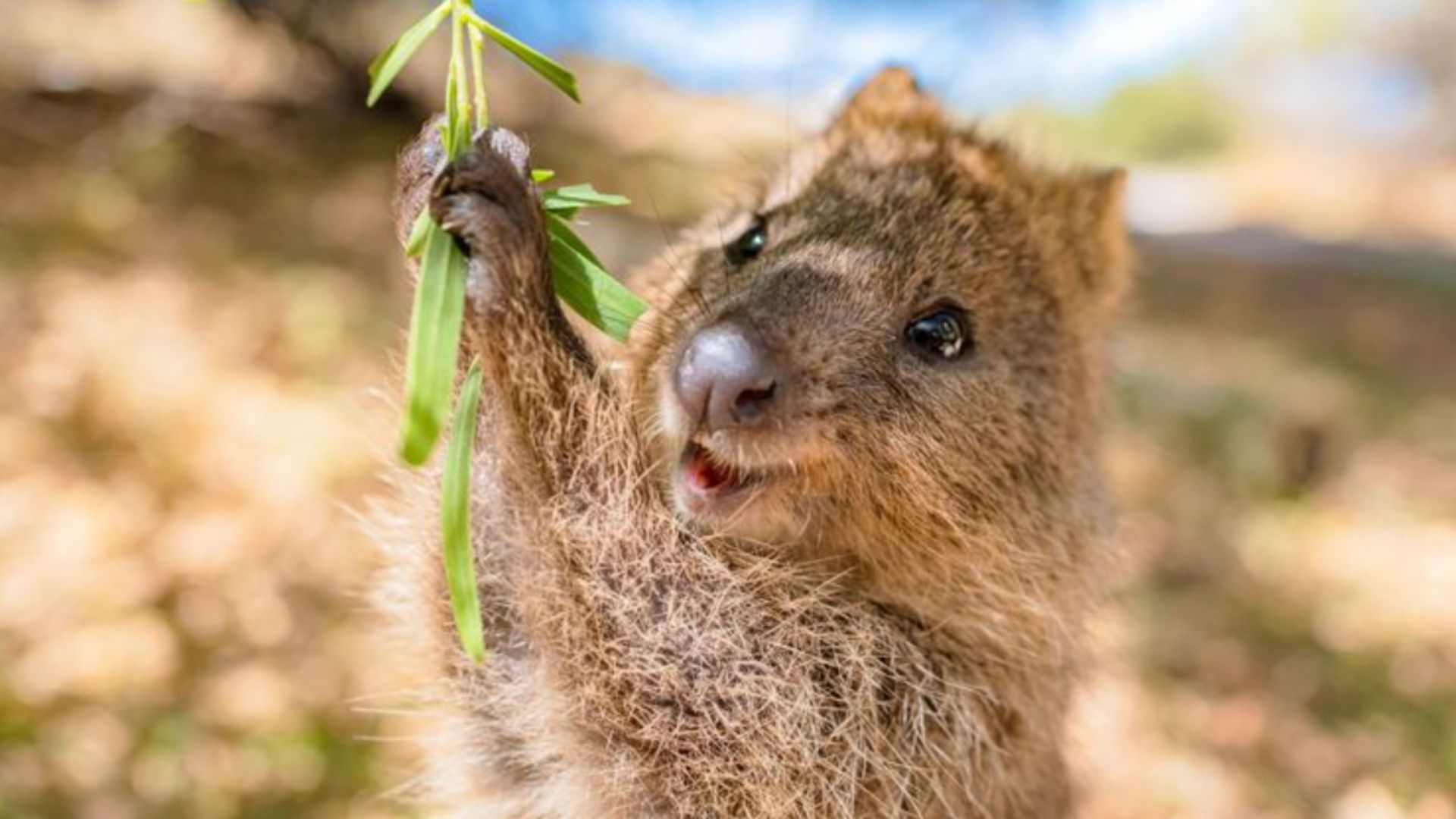
Some animals seem to radiate happiness no matter what, and their joyful nature can be a reminder for us to embrace life’s simple pleasures.
From playful dolphins to energetic puppies, these 25 animals show us how to find joy in every moment. They live in the present, savoring each experience with enthusiasm and excitement. Their carefree attitudes and positive energy are truly contagious.
In this article, we’ll explore these unstoppable happy animals and what we can learn from their joyful lives.
1. Sea Otter
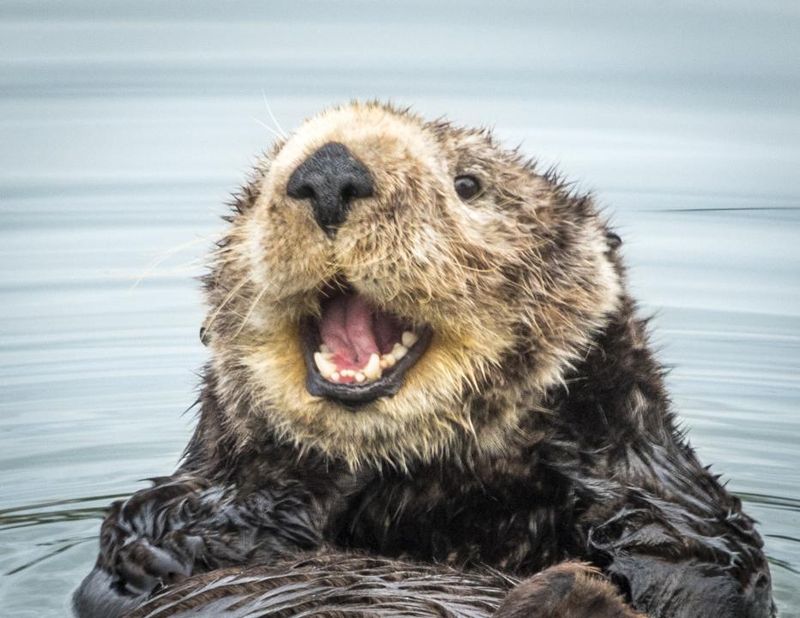
Floating atop the ocean’s gentle waves, sea otters are masters of play.
With a penchant for forming social groups, these marine marvels use tools to crack open shellfish on their tummies. Watching a sea otter expertly twirl a rock to break open its meal is like witnessing a master at work.
Sea otters spend their days frolicking in water, embodying a carefree spirit that reminds us all to engage with life’s simple pleasures and embrace our playful nature.
2. Mandrill
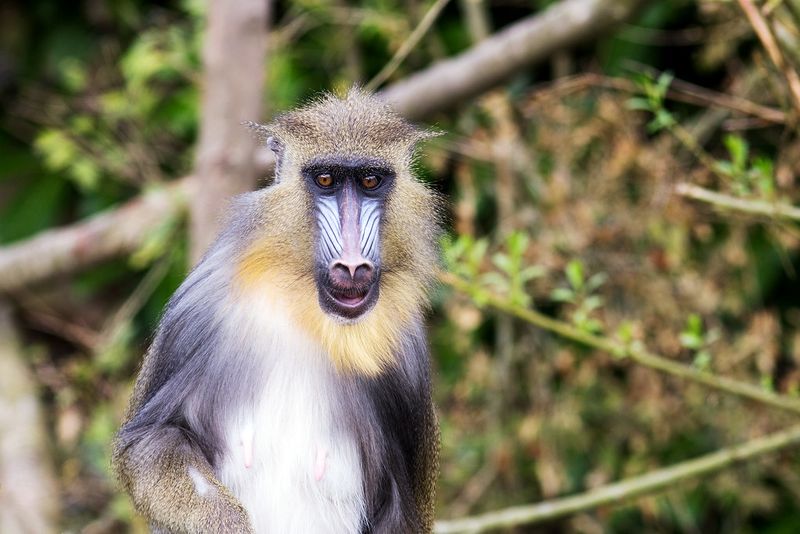
In the lush rainforests, mandrills show us what it means to be colorful both inside and out.
Their bright faces aren’t just for show—they reflect a lively social life filled with dynamic interactions.
As they leap through trees, they exhibit a vivacious energy that is contagious. Watching mandrills engage in their social circles is a reminder of the joy found in community and the strength of vibrant relationships.
They teach us to celebrate our uniqueness.
3. Dolphin
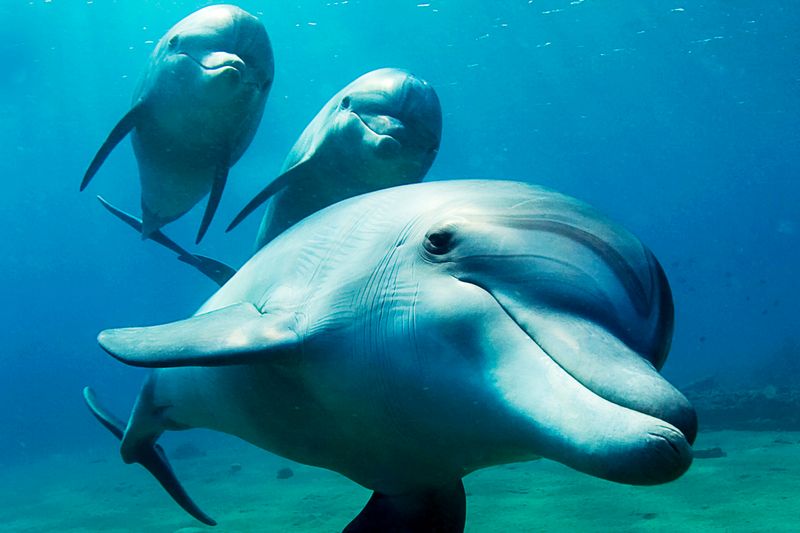
As ocean acrobats, dolphins are synonymous with joy. Known for their intelligence and social nature, they often leap above waves in playful displays that captivate onlookers.
Dolphins form close-knit pods, working together to hunt and play, encapsulating the essence of teamwork and camaraderie.
Their playful antics and curious nature remind us of the joy derived from social connection and shared experiences, encouraging us to jump into life’s adventures headfirst, with a splash of enthusiasm.
4. Ring-Tailed Lemur
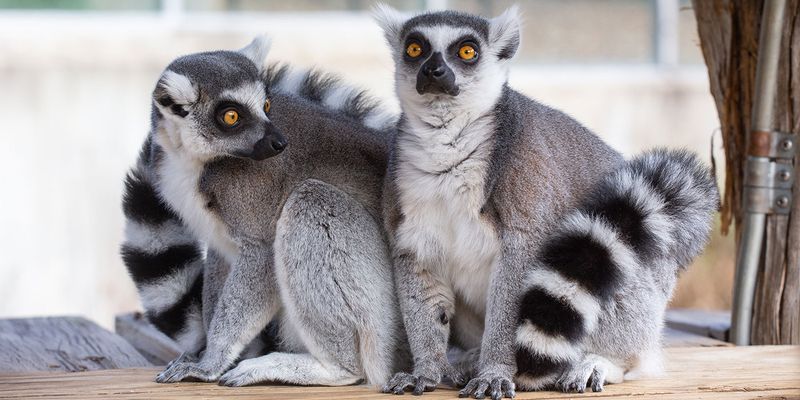
In the forests of Madagascar, ring-tailed lemurs leap with an exuberance that is infectious. These social primates live in groups, engaging in playful behavior that reveals their vibrant personalities.
Their iconic striped tails are a signature feature, swaying as they move. Ring-tailed lemurs demonstrate the joy of camaraderie and the importance of social bonds, showing us that the happiest moments often come when we share them with others.
Their liveliness is a lesson in joy.
5. Kangaroo
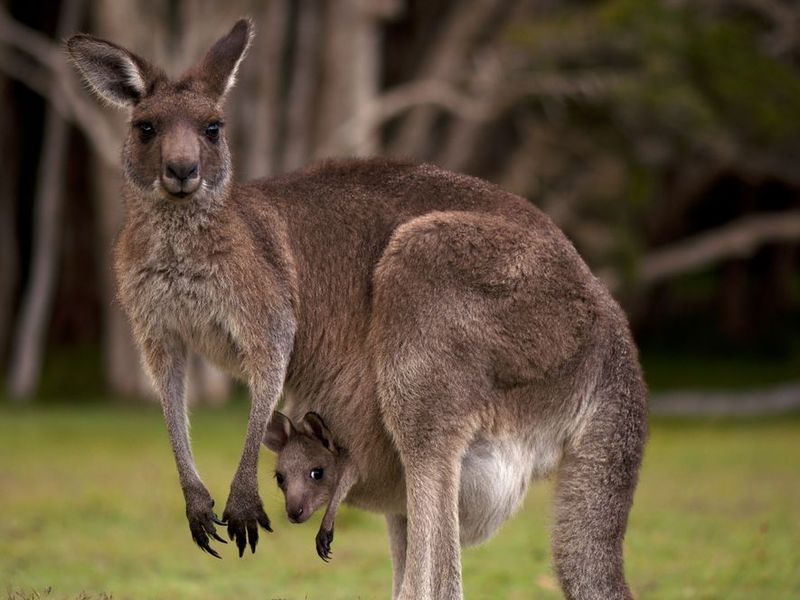
Bounding through the Australian outback, kangaroos are true symbols of energy and social connection.
Living in groups known as mobs, kangaroos exhibit playful sparring and bouncing that demonstrates their strong bonds.
Their powerful legs propel them over vast distances with ease, and their social nature enhances their resilience.
Kangaroos teach us about the joy found in being part of a community and the strength of family ties, reminding us to embrace our playful side and leap into life.
6. Golden Retriever

Golden Retrievers are synonymous with joy and loyalty. These friendly canines, with their wagging tails and bright eyes, embody happiness.
Known for their playful nature, they thrive in social environments, eagerly engaging in games of fetch. Their gentle demeanor and loving disposition make them ideal companions, always ready to bring a smile.
Golden Retrievers remind us of the joy in companionship, teaching us the value of loyalty and the warmth of unconditional love, making every moment brighter.
7. Penguin
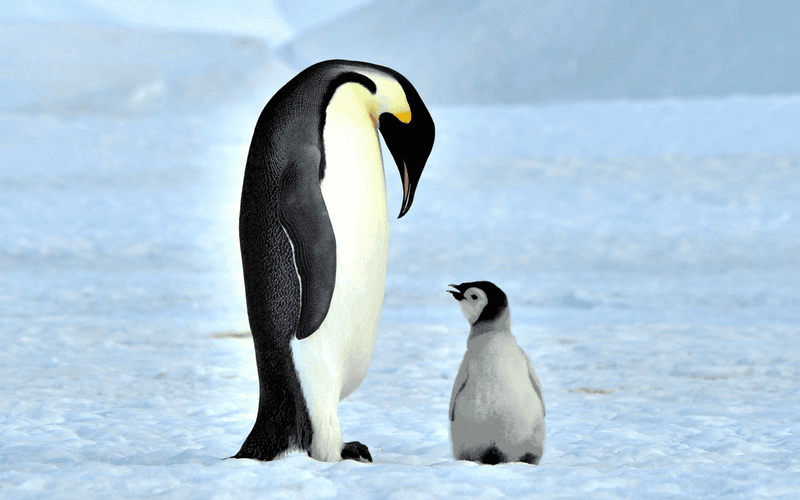
In the icy realms of the Antarctic, penguins waddle with a charm that’s hard to ignore. Their playful nature, especially when sliding on ice or diving into the ocean, is delightful.
Penguins are known for their lifelong pair bonds, epitomizing commitment and companionship. Watching them huddle for warmth and work together in large colonies is a lesson in community spirit.
8. Quokka
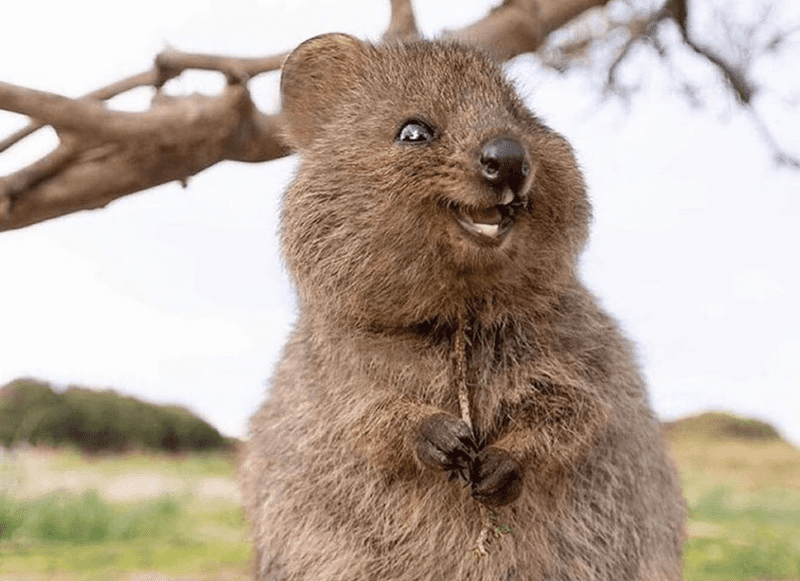
Quokkas, often dubbed the happiest animals, sport a perpetual smile that captures hearts worldwide.
Native to Rottnest Island, these cheerful creatures thrive in social groups, exuding a friendliness that beckons interaction.
Their seemingly joyful demeanor reminds us of the power of a smile and the joy of spreading happiness. Despite their small size, quokkas teach us a big lesson: happiness is contagious.
Their delightful presence invites us to embrace joy and share it with those around us.
9. Bonobo
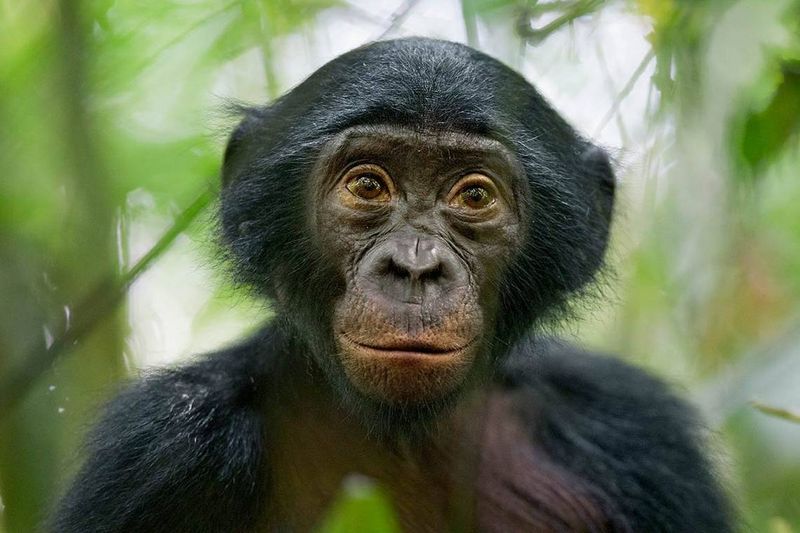
In the depths of the rainforest, bonobos exhibit a gentle and peaceful nature. Known for their affectionate behaviors, these apes are social creatures that thrive on companionship.
Grooming and playful interactions are common, highlighting the importance of social bonds. Bonobos teach us the joy of peaceful coexistence and the value of compassion.
Their harmonious lifestyle is a testament to the power of love and understanding, encouraging us to foster similar relationships in our own lives.
10. Alpaca
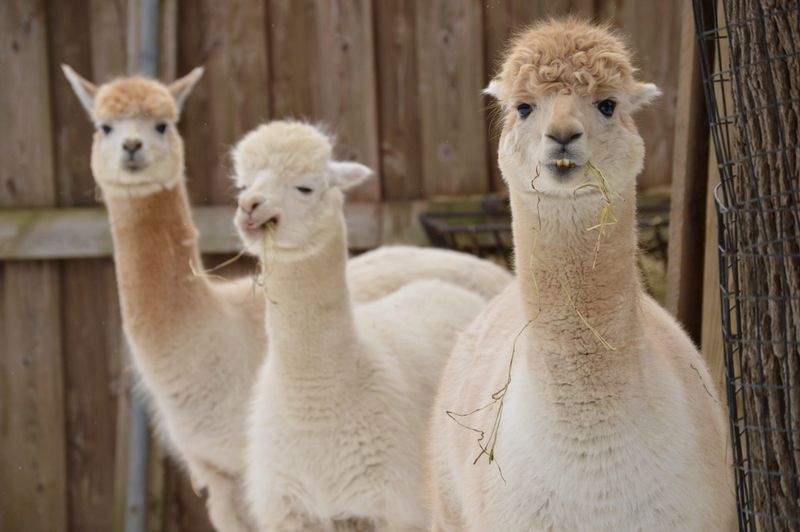
Alpacas, with their gentle demeanor and soft fleece, are the epitome of tranquility. These social animals thrive in herds, enjoying the company of their peers in serene mountain meadows.
Their peaceful nature and gentle interactions create an atmosphere of calm. Alpacas remind us of the joy found in peaceful living and the importance of community.
By observing their harmonious existence, we’re encouraged to seek balance and serenity, celebrating life’s simple pleasures in the company of others.
11. Cheetah
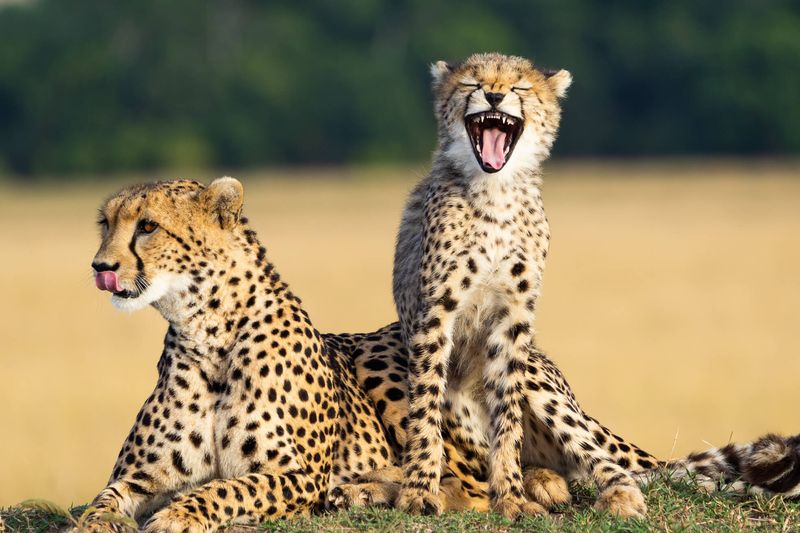
Speed and grace define the cheetah, but it’s their playful demeanor, especially among cubs, that captivates.
In the African savannah, young cheetahs engage in lively chases, honing their skills and enjoying the thrill of the chase. This playful behavior is integral to their development and a joy to witness.
Cheetahs teach us about the joy found in movement and the importance of play in growth. Their energy and zest for life inspire us to embrace our own agility and adaptability.
12. Meerkat
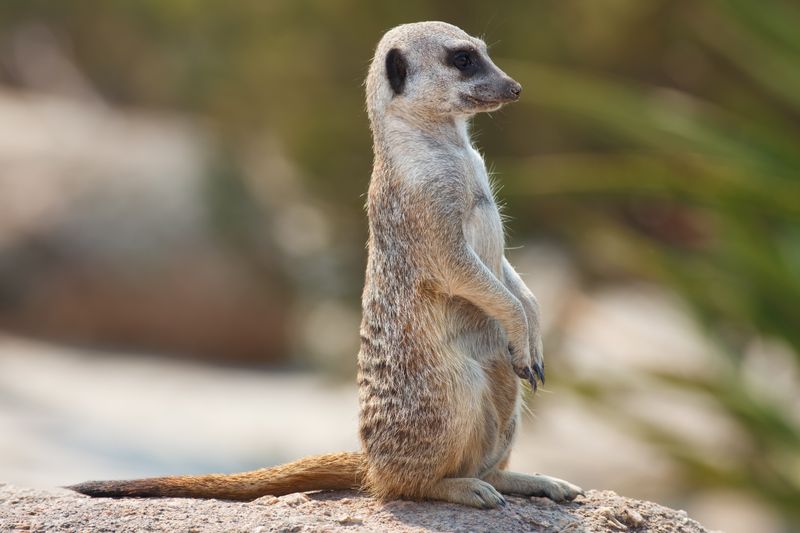
Meerkats, with their comical stances and curious nature, are symbols of teamwork and social harmony.
These desert dwellers live in tight-knit groups, always on the lookout for each other.
Their cooperative behaviors, from caring for young to standing guard, highlight the strength of unity. Meerkats teach us the joy of cooperation and the power of community support.
Observing their interactions encourages us to look out for one another and find happiness in the bonds that unite us.
13. Japanese Macaque
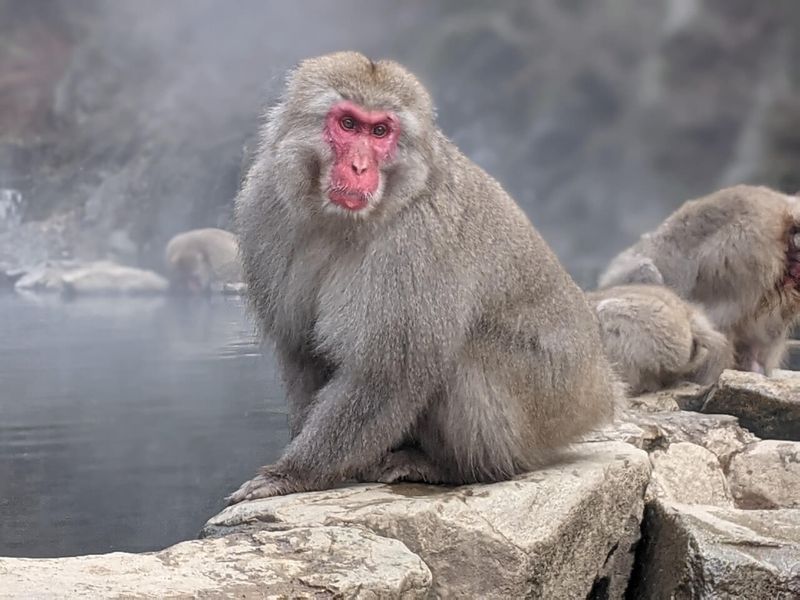
Japanese macaques, or snow monkeys, find joy in warmth amidst the cold. Known for their unique habit of soaking in hot springs, these social creatures create scenes of relaxation and peace.
Their communal bathing rituals highlight the importance of social interactions. In the cold landscapes they inhabit, the warmth of companionship stands out.
Japanese macaques teach us to find joy in bonding and relaxation, even in challenging environments, encouraging us to seek warmth in our relationships.
14. African Elephant
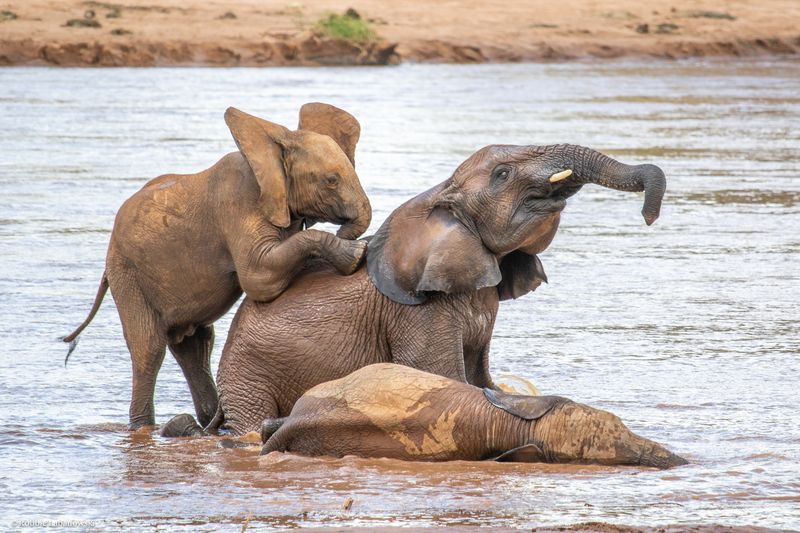
The African Elephant, with its massive size and gentle nature, is a symbol of wisdom and happiness. These majestic creatures find joy in simple activities like splashing in water holes. Their social bonds are strong, demonstrating the importance of friendship and family.
Known for their intelligence, elephants can express a range of emotions, including joy. Watching a herd of elephants play is a heartwarming experience, showcasing their playful side. Their ability to celebrate life reminds us to cherish our own moments of happiness.
15. Squirrel Monkey
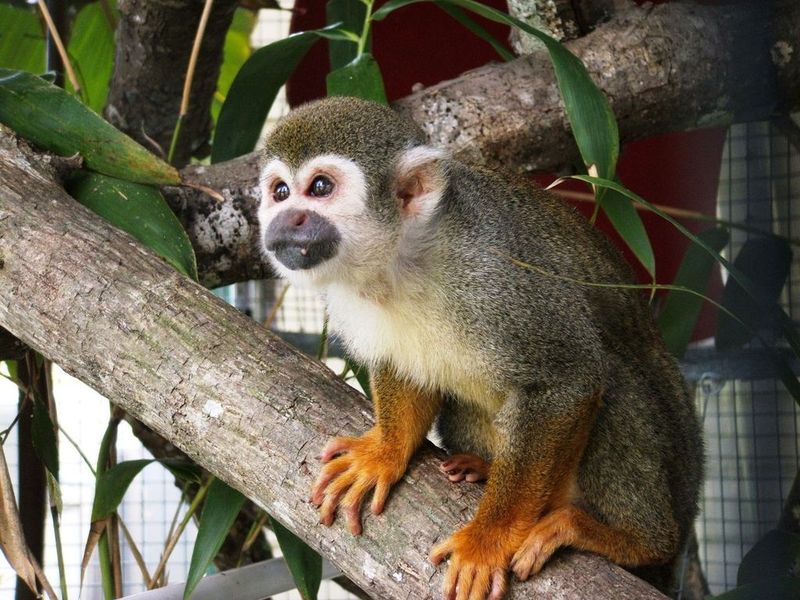
Squirrel monkeys, with their nimble movements, are the acrobats of the rainforest. Their inquisitive nature and playful antics make them a joy to watch as they swing through trees.
Living in large groups, these primates thrive on social interaction, engaging in games and cooperative activities. Squirrel monkeys teach us about the joy of curiosity and the value of community.
Their lively existence encourages us to explore, learn, and engage with those around us, celebrating the richness of social life.
16. Clownfish
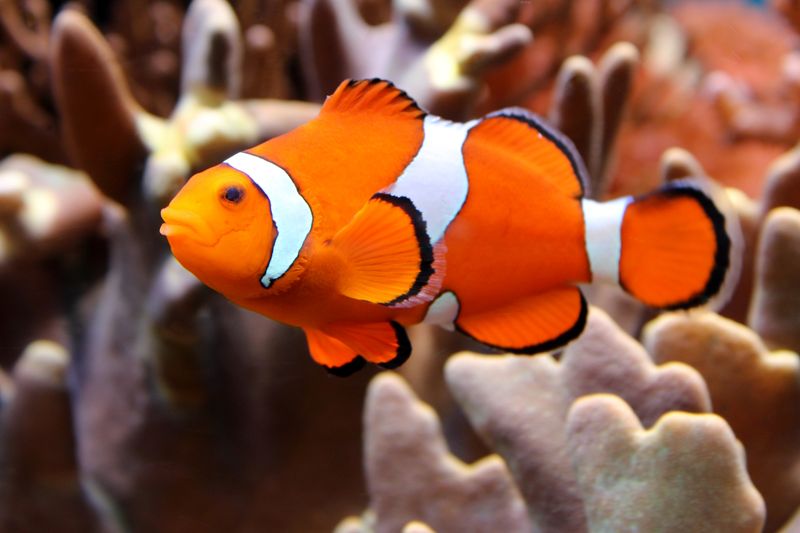
Clownfish bring bursts of color and joy to coral reefs. Known for their symbiotic relationship with sea anemones, they navigate their underwater homes with grace.
The vibrant hues of clownfish are a visual delight, while their cooperative living arrangements highlight the importance of mutual support.
Their presence in the ocean is a reminder of the wonders of nature and the happiness found in harmonious relationships.
17. Kea
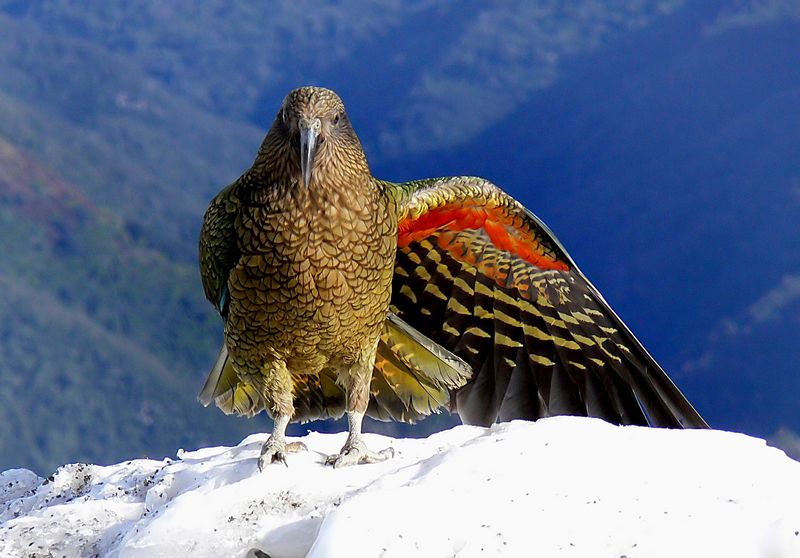
In the mountains of New Zealand, kea parrots display a mischievous charm that’s hard to resist.
Known for their intelligence and curiosity, kea engage in playful antics that often include exploring new objects and environments.
Their inquisitive nature and social interactions make them fascinating to observe. Kea teach us the joy of curiosity and the importance of exploring the world around us.
Their playful behavior encourages us to embrace our inquisitive sides and find joy in discovery.
18. Blue Jay
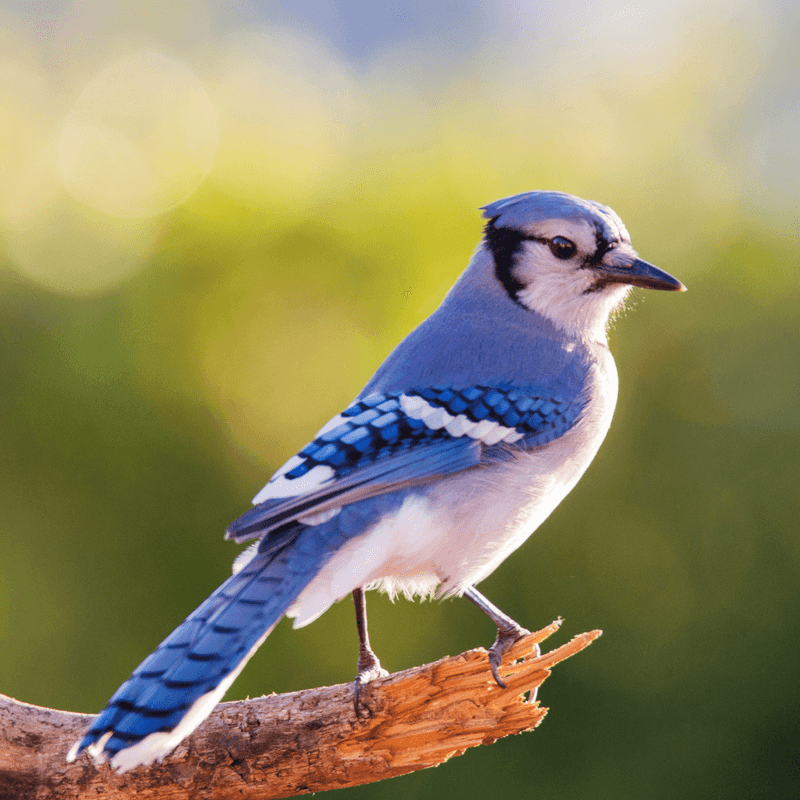
Blue Jays, with their vibrant plumage and boisterous personalities, brighten up any forest they inhabit.
Known for their intelligence, these birds communicate with a variety of calls and are often seen engaging in playful activities.
Their lively interactions showcase the joy of communication and social engagement. Blue Jays teach us the importance of expressing ourselves and connecting with others.
Their presence is a reminder to embrace our individuality and find joy in the colorful tapestry of life.
19. Sloth
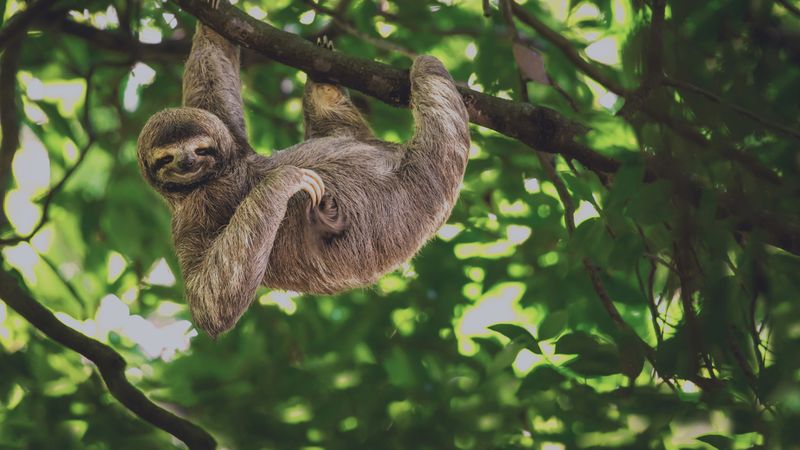
Sloths, masters of relaxation, embody a lesson in taking life slow. Often seen hanging leisurely from tree branches, their unhurried lifestyle is a reminder to pause and appreciate the moment.
Sloths teach us the joy in slowing down, savoring life’s simple pleasures, and finding peace in stillness.
Their serene presence in the rainforest is a testament to the beauty of tranquility, encouraging us to adopt a slower pace and enjoy the world at our own speed.
20. African Grey Parrot
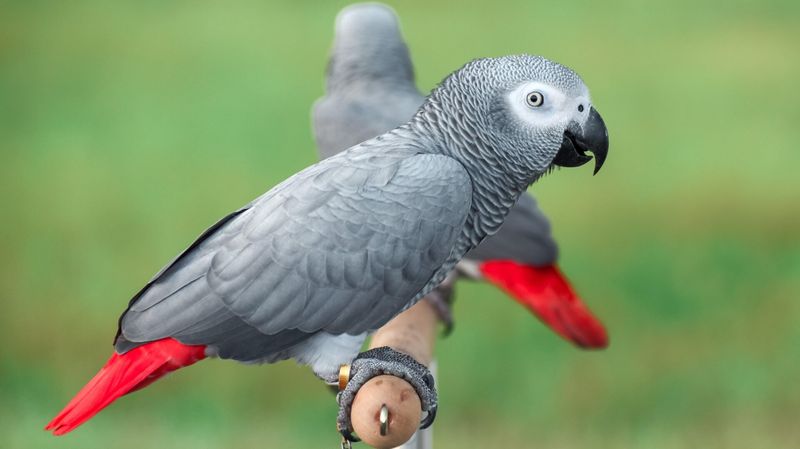
African Grey Parrots are renowned for their intelligence and ability to mimic human speech. These social birds engage in playful interactions, often forming strong bonds with their human companions.
Their remarkable communication skills highlight the joy of connection and understanding. African Grey Parrots teach us about the importance of communication and the joy of shared language.
Their presence in our homes brings laughter and companionship, encouraging us to nurture our relationships and celebrate the gift of conversation.
21. Red Panda
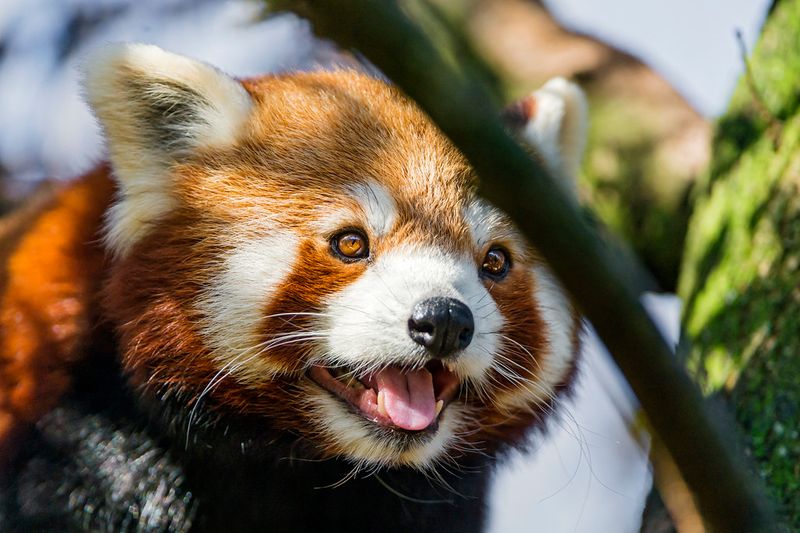
Red pandas, with their charming appearance and playful demeanor, are nature’s delight. Found in the bamboo forests of the Himalayas, these small creatures engage in playful antics, climbing trees with agility.
Their friendly nature and curious exploration of their habitat are a joy to watch. Red pandas teach us the value of playfulness and curiosity, encouraging us to engage with the world around us with wonder.
Their presence is a reminder to appreciate the small joys in life.
22. Capybara
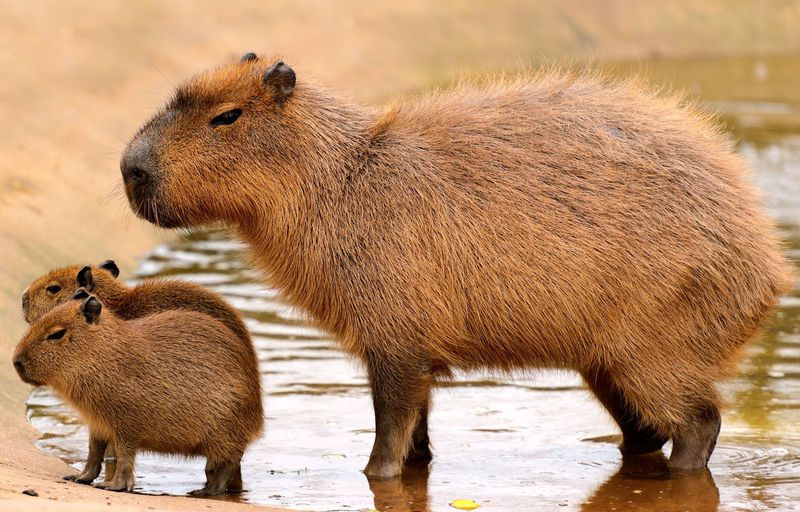
Capybaras, the gentle giants of the rodent world, are icons of peace and sociability. Often found lounging by water, they coexist harmoniously with a variety of other animals.
Their friendly demeanor and social habits make them beloved by many. Capybaras teach us the joy of coexistence and the importance of community.
Their ability to form friendships with diverse species is a testament to the power of open-heartedness and acceptance. They remind us to find joy in peaceful living.
23. Humpback Whale
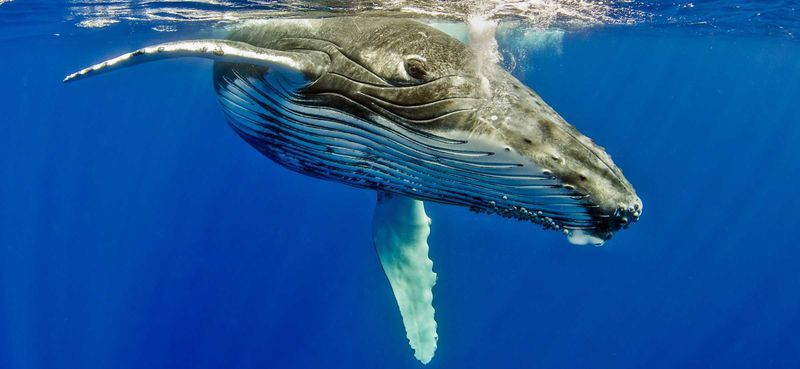
Humpback whales captivate with their majestic presence and acrobatic displays. Known for breaching and playful behavior, these marine giants form strong social bonds as they migrate across oceans.
Their songs, echoing through the sea, are a testament to their communication skills and social nature. Humpback whales teach us the joy of connection and the beauty of nature’s wonders.
Observing their grace and power inspires awe and reminds us to cherish our connections with the natural world.
24. Common Loon
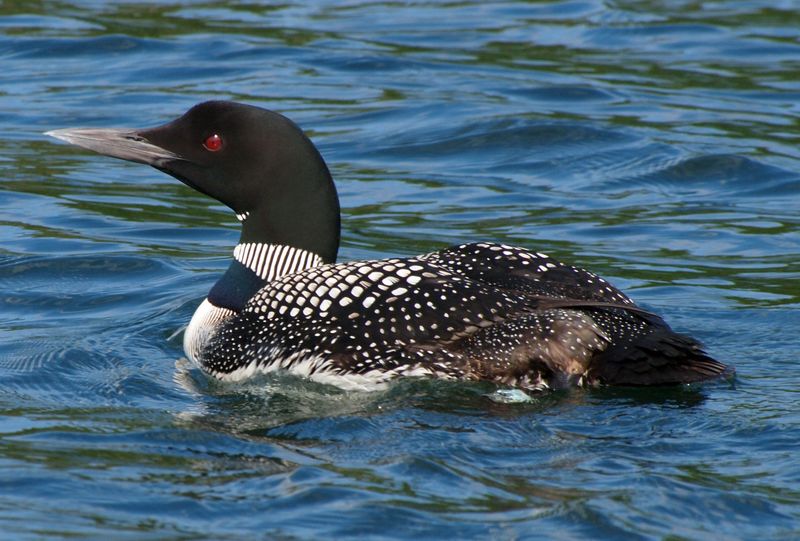
Common loons, with their haunting calls and graceful presence, embody tranquility. These aquatic birds form monogamous partnerships and are often seen gliding serenely across lakes.
Their peaceful habitat and harmonious existence teach us the joy of living in balance with nature. Loons remind us of the importance of harmony and the beauty of serene environments.
Their calls, echoing across still waters, are a reminder to find peace within ourselves and appreciate the tranquility of life’s simpler moments.
25. Tiger
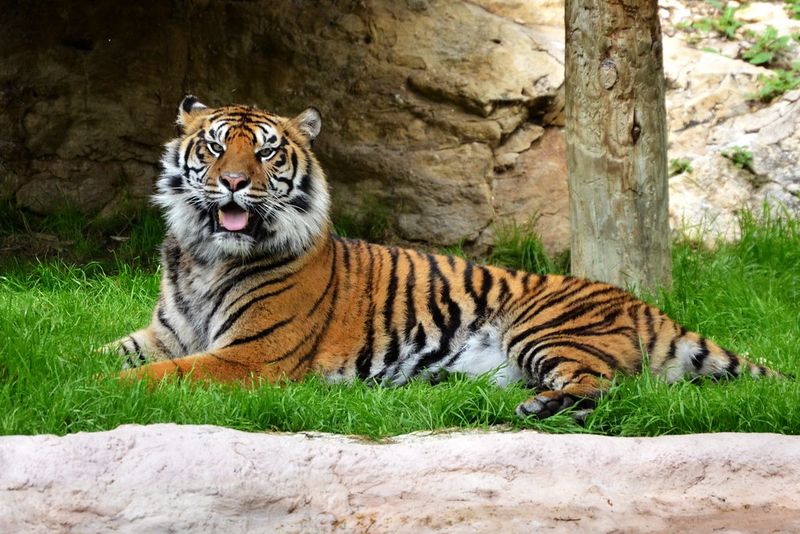
Tigers, with their majestic presence, are symbols of strength and playfulness. Tiger cubs, in particular, express joy through lively antics and exploration of their jungle home.
Their curious nature and playful interactions with siblings reveal the importance of play in development. Tigers teach us about the joy of strength and the wonder of discovery.
Observing these majestic creatures encourages us to embrace our wild side and find happiness in the exploration of our world.
26. Bottlenose Dolphin

Bottlenose Dolphins are known for their playful spirit and joyous nature. These intelligent creatures often leap out of the water, spinning and twirling in mid-air, as if celebrating life itself.
Their sociable behavior makes them one of the most beloved marine animals. They communicate using a series of clicks and whistles, forming strong bonds with their pod members.
In addition to their playful antics, Bottlenose Dolphins have been known to rescue humans at sea, further showcasing their compassionate side. It’s no wonder they are seen as a symbol of happiness and freedom.
27. Sun Conure
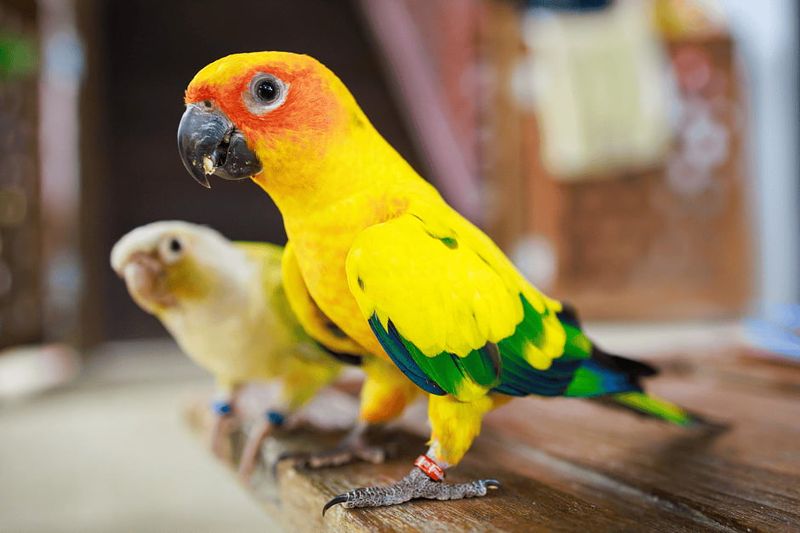
Sun Conures, with their dazzling plumage, bring a burst of color and joy wherever they go. These lively parrots are not only known for their beauty but also for their affectionate nature. They thrive on social interaction, often seen cuddling with their human companions.
Their playful antics and cheerful calls can brighten up any room. As highly social birds, they teach us the value of companionship and the joy of sharing life with others.
Their exuberant personality serves as a reminder to embrace life with vibrant energy.


